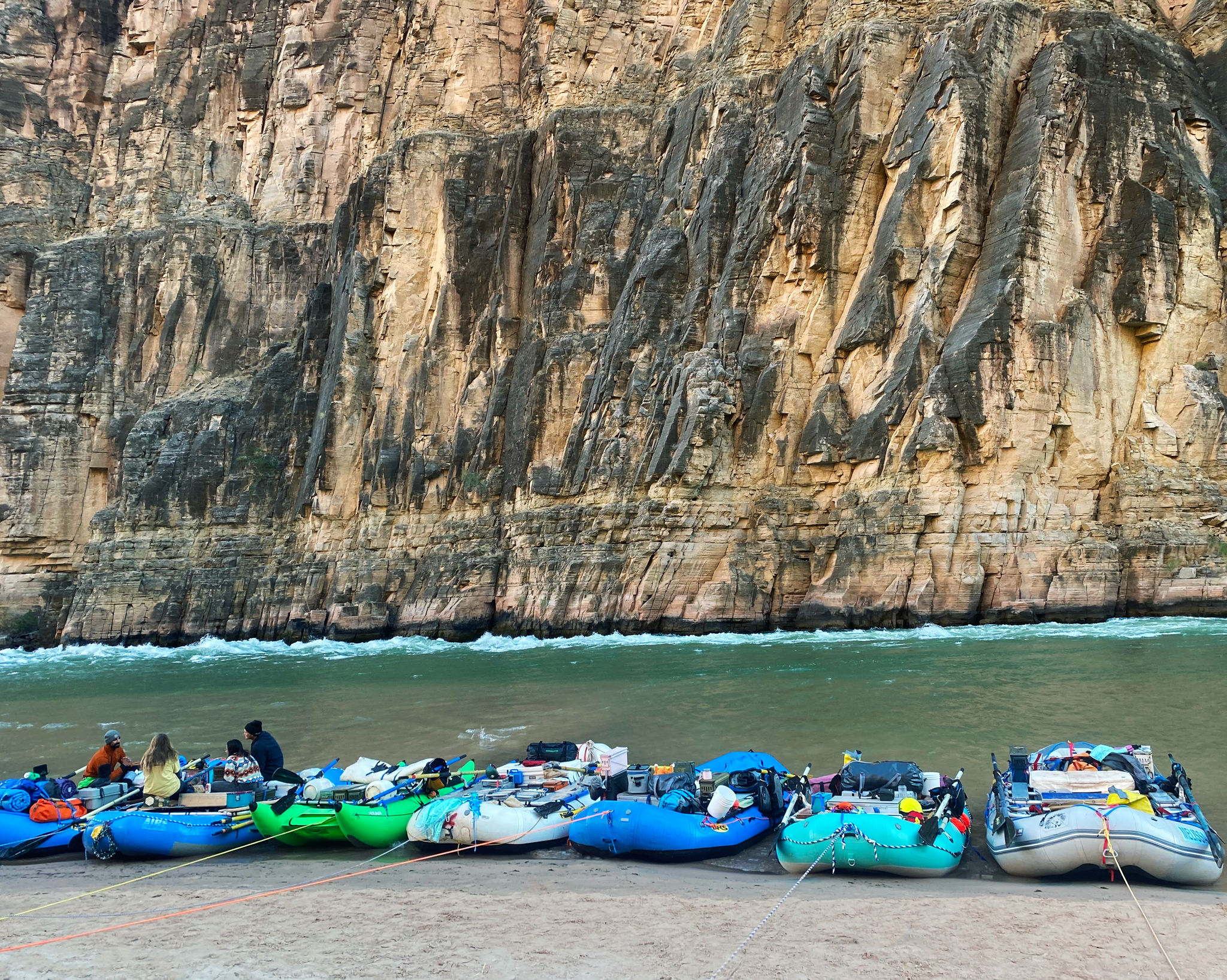Leave No Trace: A Vital Practice for All River Runners
- Posted on
- By Lou Mauer
- Posted in How To, Sustainability
- 0

In this article, we'll explore the Leave No Trace principles and explore why river runners should incorporate them into their rafting trips.
Introduction
River running offers enthusiasts the thrilling experience of navigating wild waters surrounded by pristine, natural beauty. However, as more individuals seek adventure on rivers, it becomes crucial to emphasize responsible practices to ensure the preservation of these ecosystems. Enter the Leave No Trace (LNT) principles – a set of guidelines designed to minimize human impact on the environment. In this article, we'll explore the Leave No Trace principles and explore why river runners should incorporate them into their rafting trips.
Leave No Trace Principles
1. Plan Ahead and Prepare:
Before embarking on a rafting journey, thorough planning is essential. This includes acquiring the necessary permits, researching the area's regulations, and understanding the specific challenges of the river. Preparedness reduces the likelihood of emergencies and ensures a smoother, low-impact experience.
2. Travel and Camp on Durable Surfaces:
Riverbanks and shores are delicate ecosystems that human activities can easily damage. Rafters should stick to established trails, campsites, and designated river access points to minimize their impact. Avoid trampling on fragile vegetation, which plays a crucial role in maintaining the ecological balance of the river ecosystem.
3. Dispose of Waste Properly:
One of the cardinal principles of Leave No Trace is the responsible disposal of waste. River runners must pack out all trash, including food scraps and litter. Human waste should be dealt with using established facilities or, if none are available, through the use of portable toilets and proper waste disposal techniques to prevent contamination of water sources.
4. Leave What You Find:
Resist the temptation to collect souvenirs from your rafting trips. Whether it's rocks, plants, or artifacts, leaving these natural and cultural features untouched preserves the ecosystem's integrity. It ensures future generations can enjoy the same unspoiled landscapes.
5. Minimize Campfire Impact:
While a crackling campfire might be enticing, the impact on river ecosystems can be severe. It's advisable to use a camp stove for cooking and avoid building fires, as collecting firewood can disrupt local habitats and ecosystems.
6. Respect Wildlife:
Observing wildlife in their natural habitat is one of the highlights of river running. However, it's crucial to maintain a respectful distance and avoid feeding or approaching animals. Human interference can disrupt their natural behaviors and compromise their survival instincts.
Why Leave No Trace Matters for River Runners
1. Preserving Natural Beauty:
The very essence of river running lies in the untouched beauty of nature. By practicing LNT, river runners contribute to preserving these breathtaking landscapes, ensuring they remain unspoiled for future generations.
2. Protecting Fragile Ecosystems:
River ecosystems are delicate and easily disrupted by human activities. Following LNT guidelines helps protect these ecosystems, including aquatic habitats, vegetation, and the diverse wildlife that depends on them.
3. Sustaining Recreation Opportunities:
Responsible river running ensures that the sport can continue to be enjoyed by enthusiasts for years to come. By minimizing our impact, we contribute to the sustainability of recreational opportunities and protect the very environment that makes these adventures possible.
Conclusion
Leave No Trace Principles are not just guidelines but a commitment to preserving the natural world. For river runners, embracing these principles is an ethical choice and a way to ensure the longevity of the thrilling experiences they seek on wild waters. As the popularity of river running grows, the adoption of Leave No Trace practices becomes even more crucial to balance adventure with environmental stewardship. Through conscious choices and responsible actions, river runners can significantly safeguard the beauty of our rivers for generations to come.


Comments
Be the first to comment...